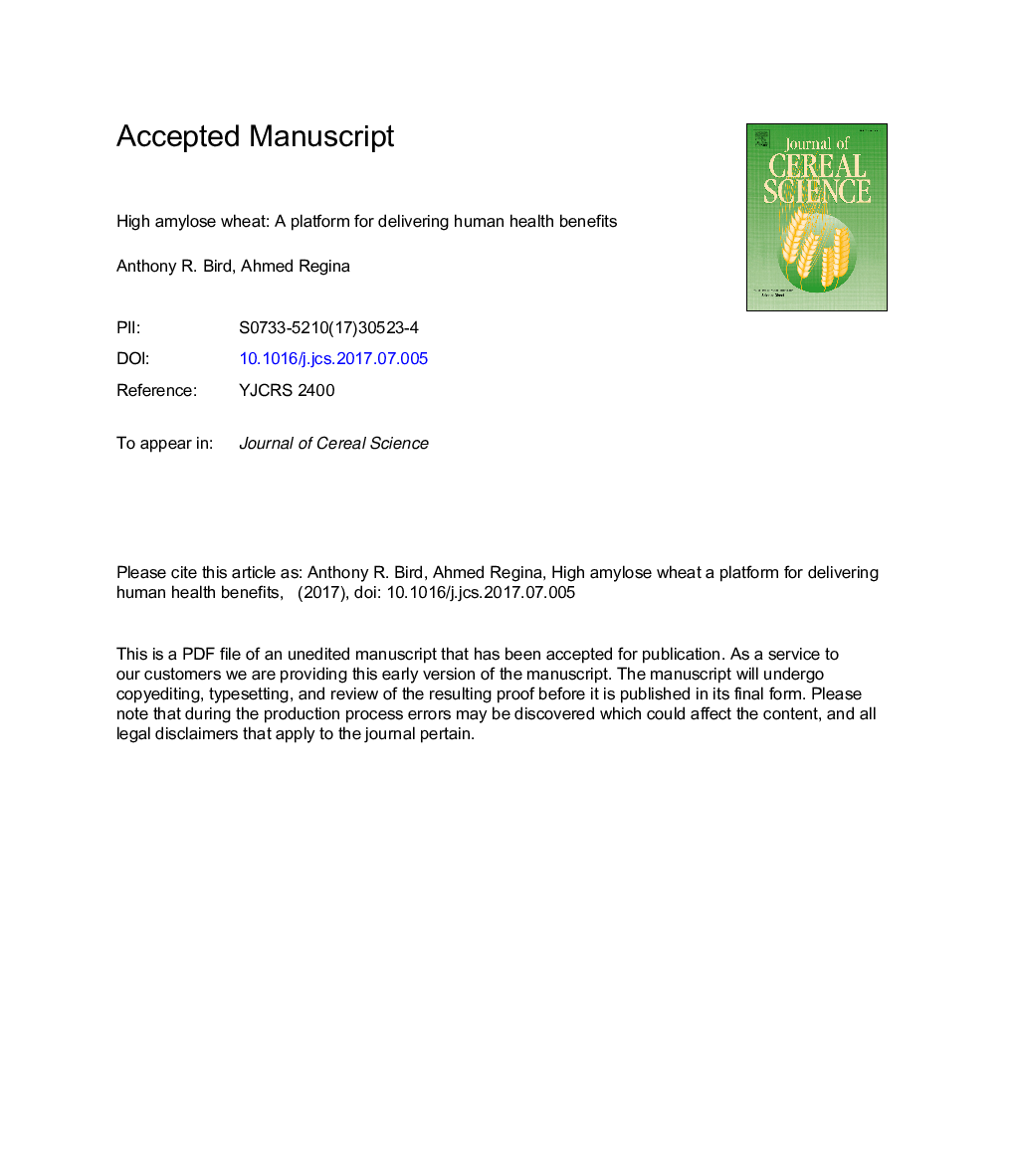| Article ID | Journal | Published Year | Pages | File Type |
|---|---|---|---|---|
| 8881543 | Journal of Cereal Science | 2017 | 28 Pages |
Abstract
Four sets of durum samples were used in this study to further understand the interrelationships among hard vitreous kernels (HVK), protein content, and pigment concentration, with a focus on the interaction and synergistic effects of protein content and vitreousness on durum quality. HVK level increases with higher protein content in the range of 9.5-12.5%, but this relationship is less evident in durum samples with high protein content (12.5-14.5%). Both protein content and kernel vitreousness can significantly affect durum milling quality. White starchy kernels (WSK) in low protein durum have a very detrimental impact on milling and pasta processing quality, but high protein content can mitigate the adverse impact of WSK on durum quality. Although protein content plays a dominant role, higher HVK might contribute positively to pasta firmness. There was no significant difference in yellow pigment content between HVK and WSK. However, pigment loss from semolina to dough was higher for WSK than HVK. Despite the difference in protein content, HVK and WSK have little difference in gluten strength. The monomeric protein was preferentially accumulated in HVK. The glutenin proteins of HVK and WSK were similar in the ratios of 1Bx/1By and HMW/LMW-GS.
Keywords
Related Topics
Life Sciences
Agricultural and Biological Sciences
Agronomy and Crop Science
Authors
Bin Xiao Fu, Kun Wang, Brigitte Dupuis, Dale Taylor, Shin Nam,
